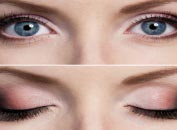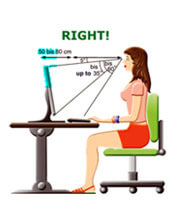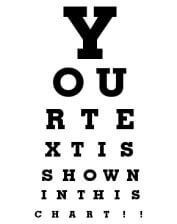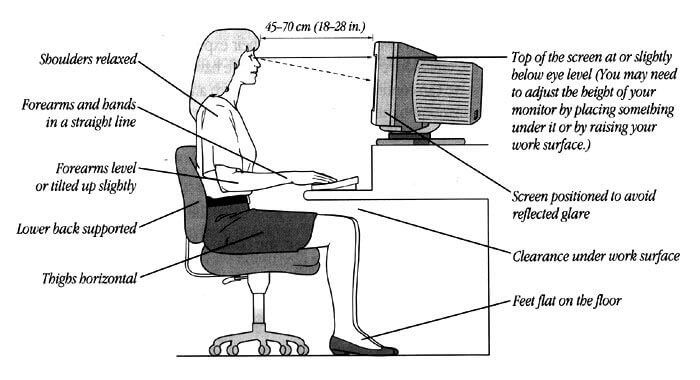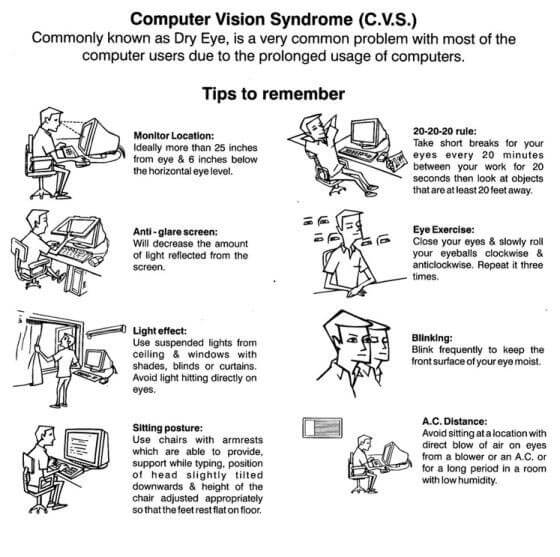DRY EYE DISEASE (DED) is the commonest eye OPD condition seen nowadays.
As per various studies DED incidence is variously estimated to be 7% to even 33% in the general population.
The balance of tear production and tear loss through drainage and evaporation maintains the moisture level in the eyes. When this balance is not sustained, dry spots appear on the surface of the eye and cause irritation.
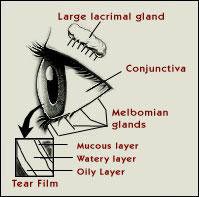
One of the most common symptom of Dry Eyes is watery eyes as our lacrimal glands produce an excess of tears in an attempt to compensate for dry eyes, but this is counter productive as this watery fluid washes away the natural lipids & mucin which are important for eye surface health.
Early symptoms of dry eye are:
Tears cover, protect and lubricate the eyes. With each blink, a new tear film layer spreads over the front surface of your eye.
The tear film is composed of three layers.
The outer oily layer of the tear film is produced by the meibomian glands in the eyelids and reduces evaporation of the tears. The thick middle watery layer is produced by the lacrimal gland beneath the upper eyelid and washes away irritants. The inner mucus layer is secreted by the goblet cells in the conjunctiva (mucous lining) of the eye and helps the tear film to adhere to the cornea.

There are three main components of tears and consequently three types Dry Eyes due to Lipid Layer, Aqueous Layer or Mucin Layer deficiency.

We diagnose dry eye by examining the eyes. Sometimes tests that measure tear production may be necessary. One test, called the Schirmer tear test, involves placing filter-paper strips under the lower eyelids to measure the rate of tear production under various conditions. Another uses a diagnostic dye (fluorescein or Rose Bengal) to look for certain staining patterns.






Depending on the cause, Dry Eye Syndrome can be treated as a temporary problem or a lifelong disease requiring long-term treatment. Either way, tears must be conserved or replaced in order to provide relief.
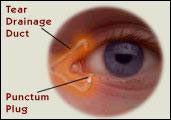
 E-Eye, IRPL
E-Eye, IRPL
 TIXEL
TIXEL
 LIPIFLOW
LIPIFLOW
Strain / Irritation / Watering Eyes is caused by Dry Eye & Allergy. This problem is aggravated by following :
Computer vision syndrome or CVS is a general term used to describe a group of eye problems / symptoms that occur when one works for long uninterrupted hours (more than 3 hours) on digital devices / video display units (VDUs) like computer, tablet / i-pad / mobile phones, T.V. etc..
Symptoms of computer vision symptoms can be resolved with proper management of environment and vision care.
